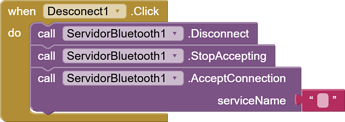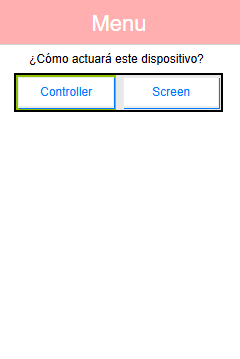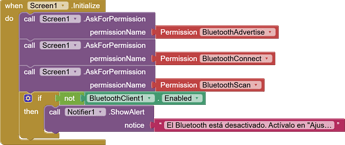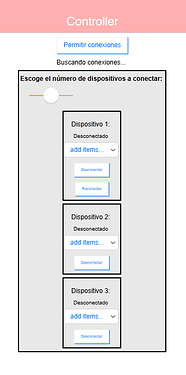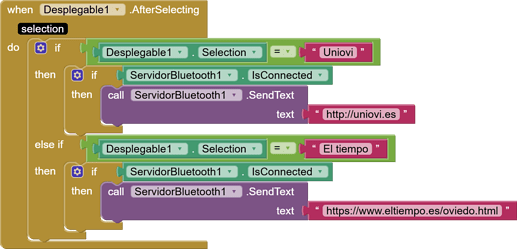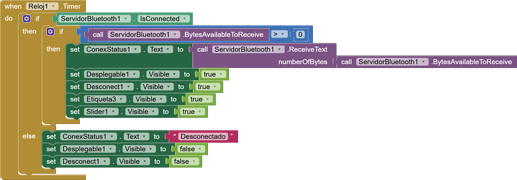Hi, hi!
I'm making an app that connects 3 phones to 1 via Bluetooth: the 3 phones (with 1 bluetooth client each) working as separated screens controlled by the other phone (with 3 bluetooth servers).
They connect and everything works fine, the problem comes when I want to disconnect one of them and then reconnect it. It just doesn't want to work correctly.
I'd like to explain what happens with an example:
Imagine that the phone with the bluetooth servers has 3 boxes (3 Bluetooth servers), and the ones with bluetooth clients are melons (or whatever fruit you want). When I put a melon in box 1 and another one in box 2, it works fine, but if I want to remove the melon from box 1 and then put another melon (or the same one) back in, it goes into box 3 (or any empty one), detecting as if there was still a melon in box 1. I want to be able to empty my boxes correctly.
I've tried disconnecting the bluetooth connections from the clients and the server, stopping accepting connections from the server and accepting them again.
Controller (Server) [There's one for each server]
Screen (Client)
It uhh... Yeah, it doesn't do anything.
The only way I find that works is to reset the screen, but that "empties all my boxes" instead of the one I want.
